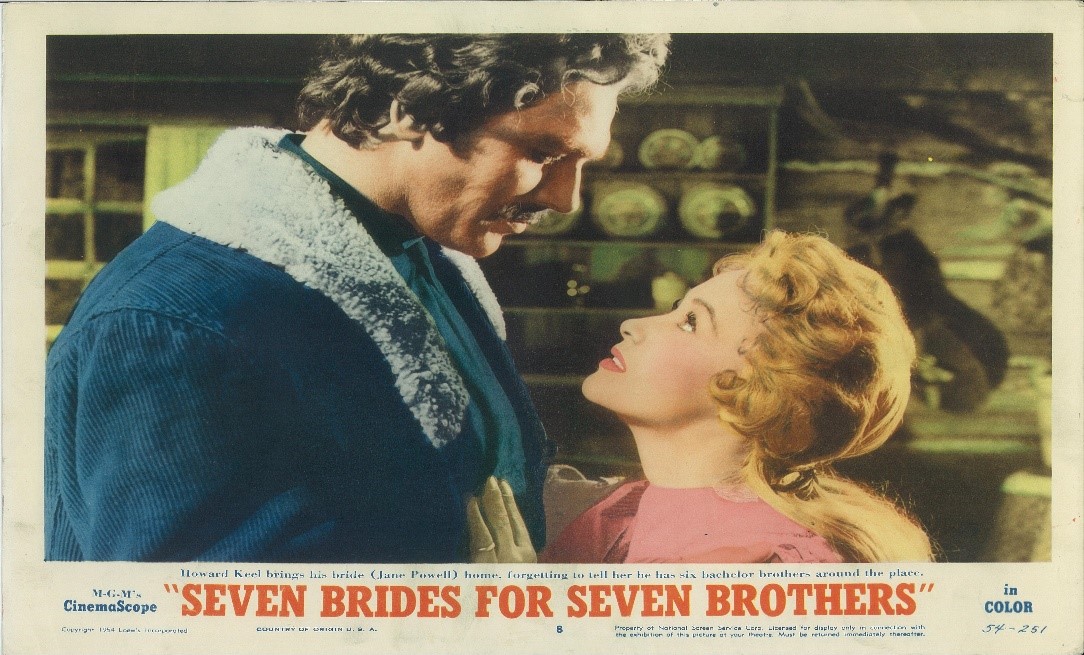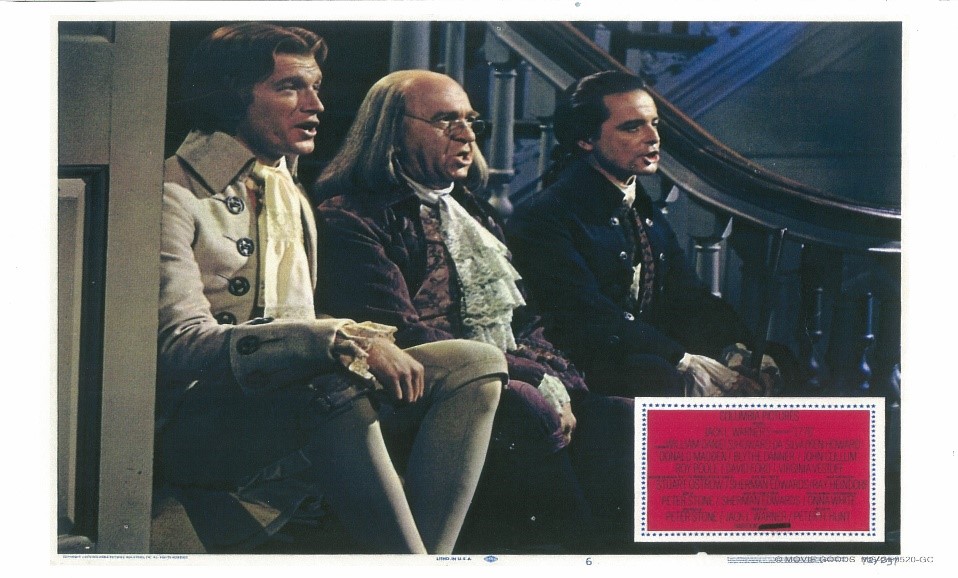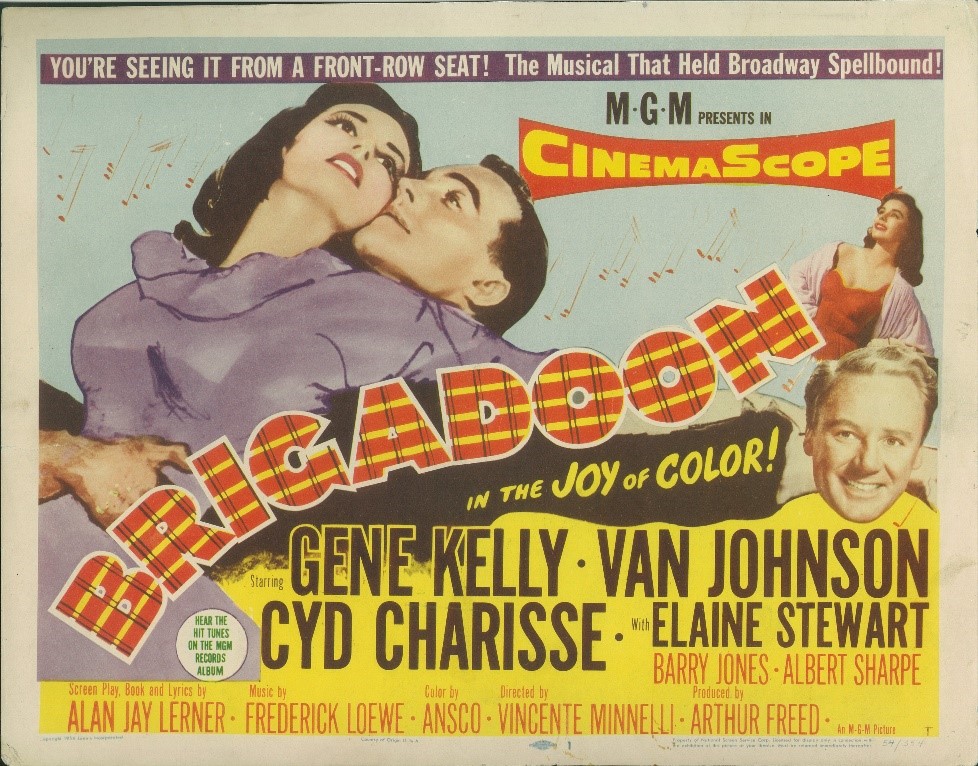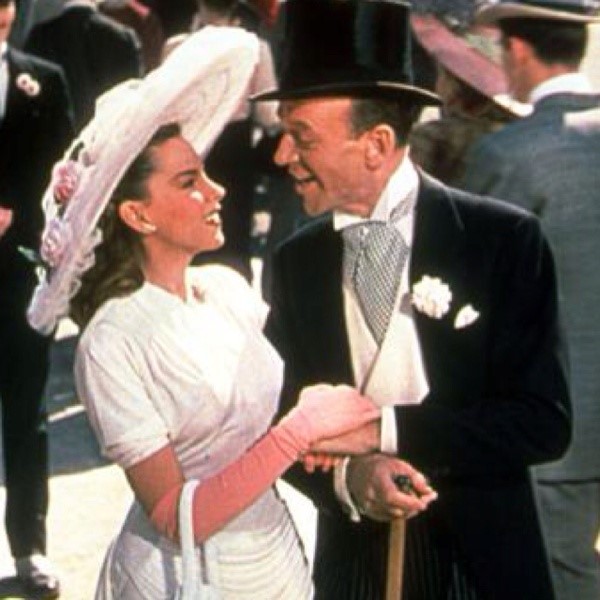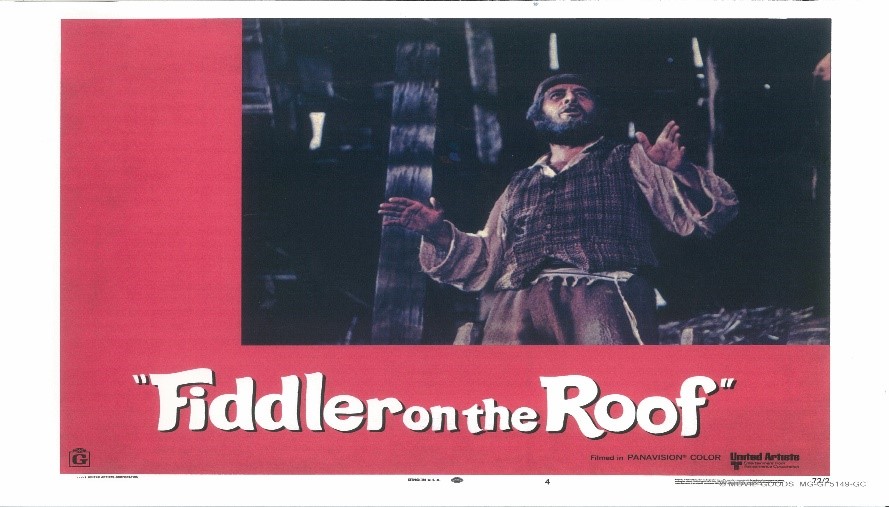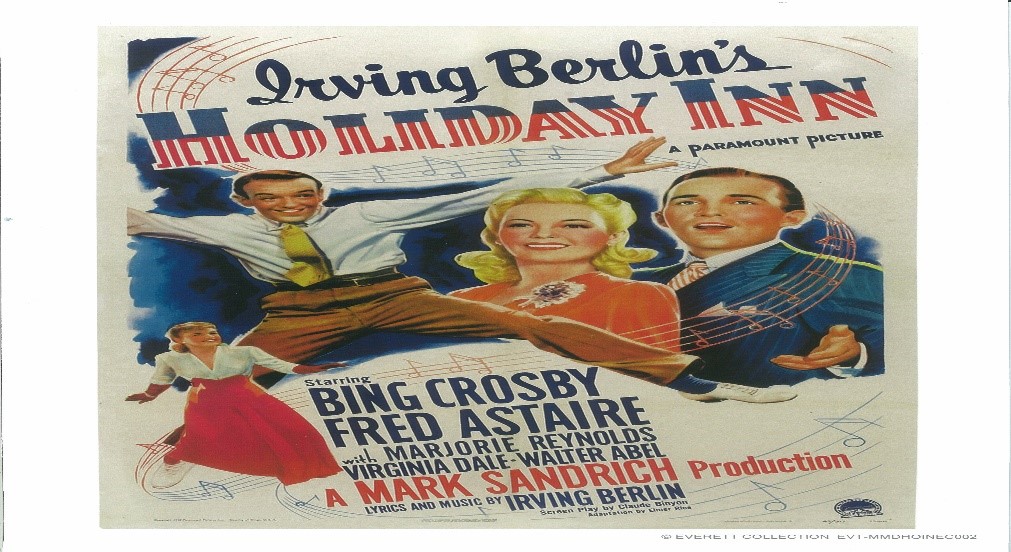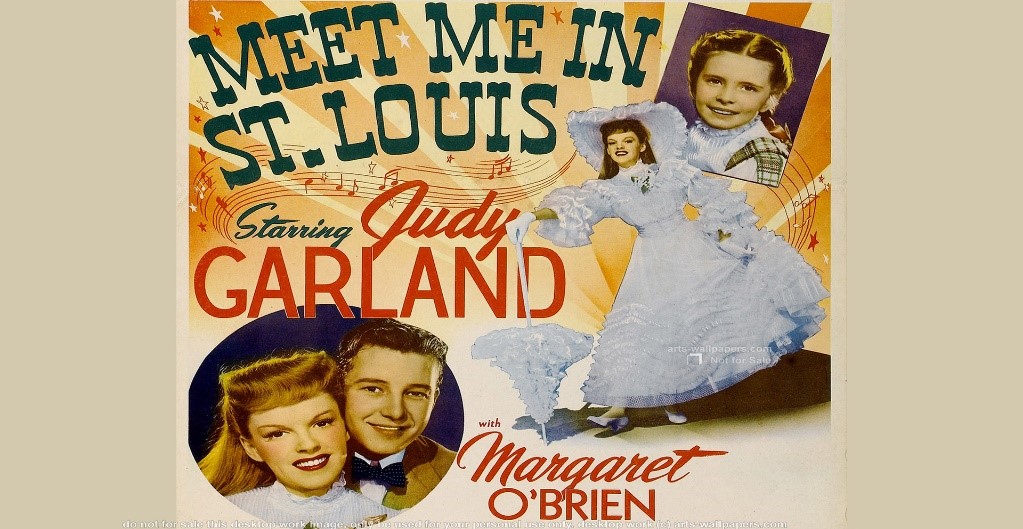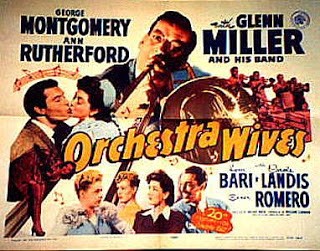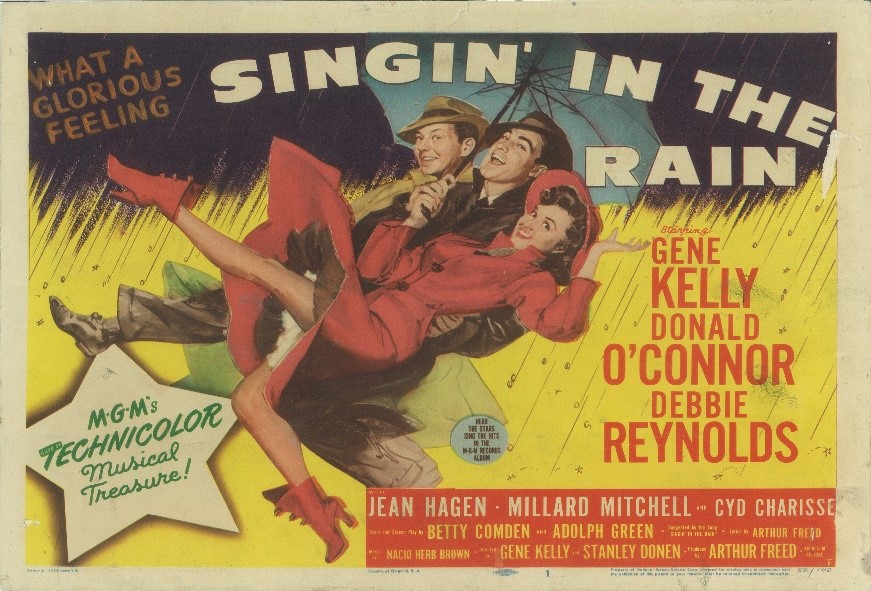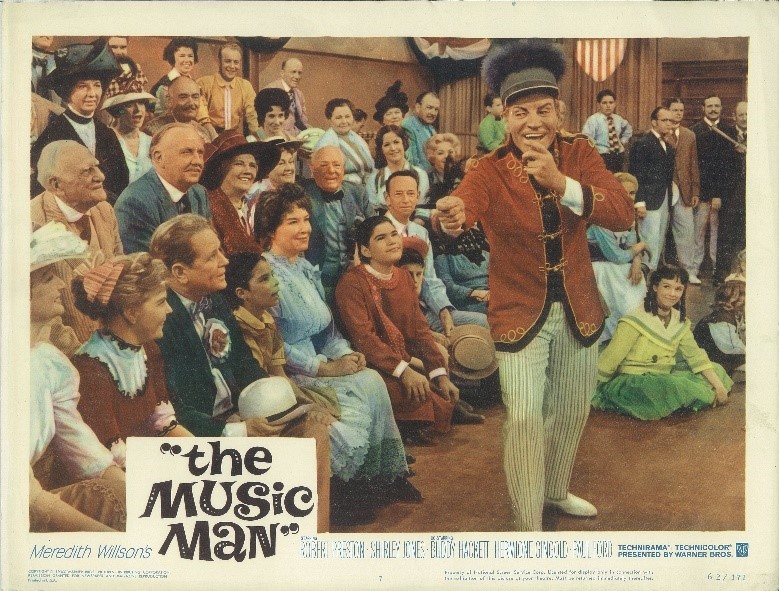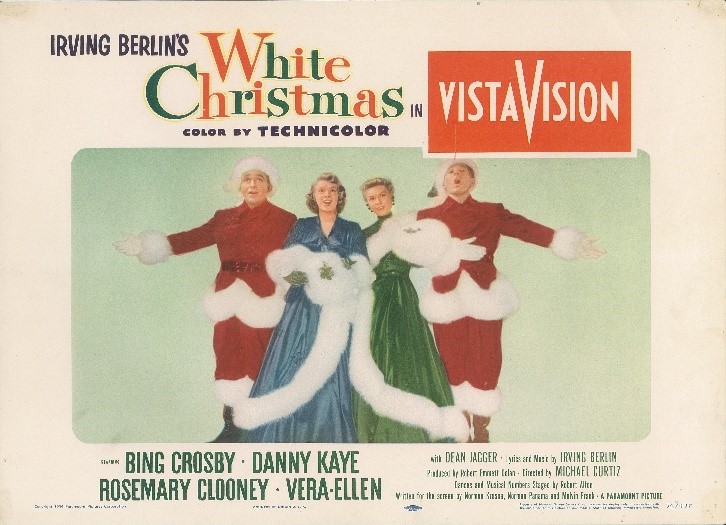“Forget your troubles and just get happy! Ya better chase all your cares away!” (Harold Arlen and Ted Koehler, 1930)
Happy Easter 2019 from Judy and Fred “on the avenue- 5th Avenue” at the Easter Parade!
This film continues our theme of happiness through reminiscing!
From the moment he comes on screen singing Happy Easter, with a tip of his hat and a bounce in his step the audience is drawn to the happiness Astaire (Don Hewes), exudes and shares in it.
We smile at his graciousness to the shopkeepers, the mischievous yet elegant way he talks a young boy out of a stuffed rabbit or when he takes Ann Miller (Nadine Hale), in his arms and dances her to the terrace, women smile (and perhaps melt a little), and men want to be him.
When Judy Garland (Hannah Brown), meets Don for the first time (in the bar after the floor show), she dismisses him as someone strange who “got away from his keeper.” However, upon realizing his celebrity, she is star struck (“Don Hewes?!”)
It is the celebrity status that these stars (together with Ann Miller and Peter Lawford), hold and how they interact that make them our favorites.
We love to hate Nadine as she belittles Hannah to Don at a luncheon meeting (“tell that seamstress you’ve got working for you to stop imitating me!”) and at the Ziegfeld Follies audition (“I heard you were auditioning for my show!”)
We sing-a-long with Peter Lawford (Johnny), as he courts Hannah in Fella with an Umbrella. We sympathize when he tells Hannah of his love for her (“People fall in love quickest in a rainstorm!”)
We cheer for Hannah when she stands up to Don (“You told me to move like that!”)
When our favorites finally come together (Don to Hannah: “Why didn’t you tell me I was in love with you?"), we can say that the movie musical makes us happy because despite its detours there is comfort in the knowledge that relationships that are “meant to be” get their happy ending.
If all classic movie musicals are structured this way, how can they stay fresh for new generations?
When discussing these films with younger generations or intergenerational family members, go deeper than just the basic storyline. Examine it as a piece of art for its vibrancy of color (pink, purple, yellow); it’s fantastic songs and their rhyming scheme (“you’ll find that you’re in the rotogravure”), and it’s elegance of movement Astaire, Garland, and Miller glide across the floor in all manner of dance styles from ballroom to tap.
In examining these films as an art form, we may also ask the question:
What does the Modern Musical (from Dirty Dancing and La La Land to Hamilton), share with the Classic Movie Musical? A structure that relies on depth of character, the building of relationships and the theme of love, whether it be love lost and found between the male/female leads or the love and strength of friendships tested.
In the Classic Movie Musical, the relationships draw us in. However, it is often the score that keeps us engaged and weaves into the fabric of our lives and prompts images of sharing these films with the ones we care for and love.
Will Modern Musicals do that? Only time will tell.
Happy Easter!
~Lori

